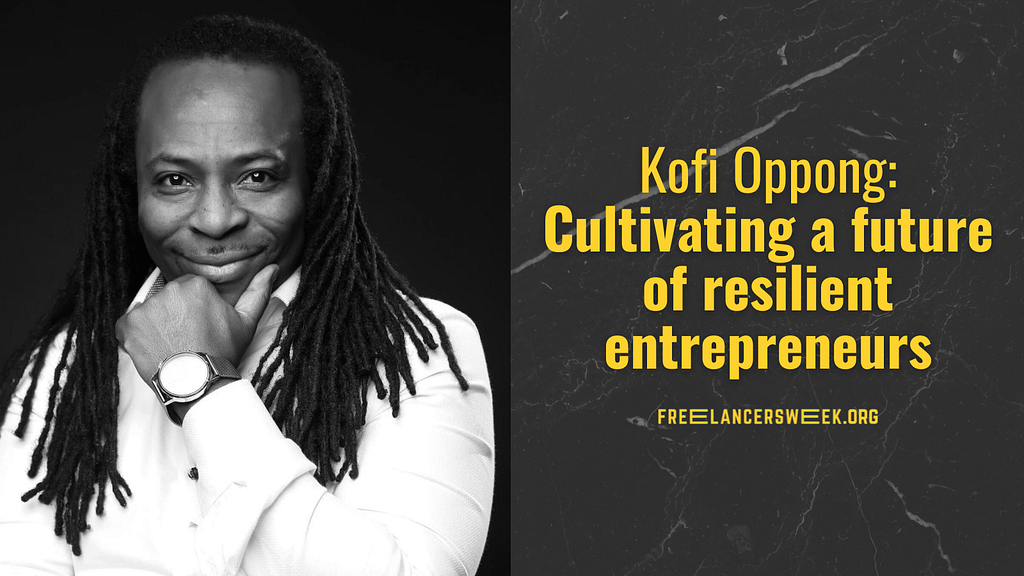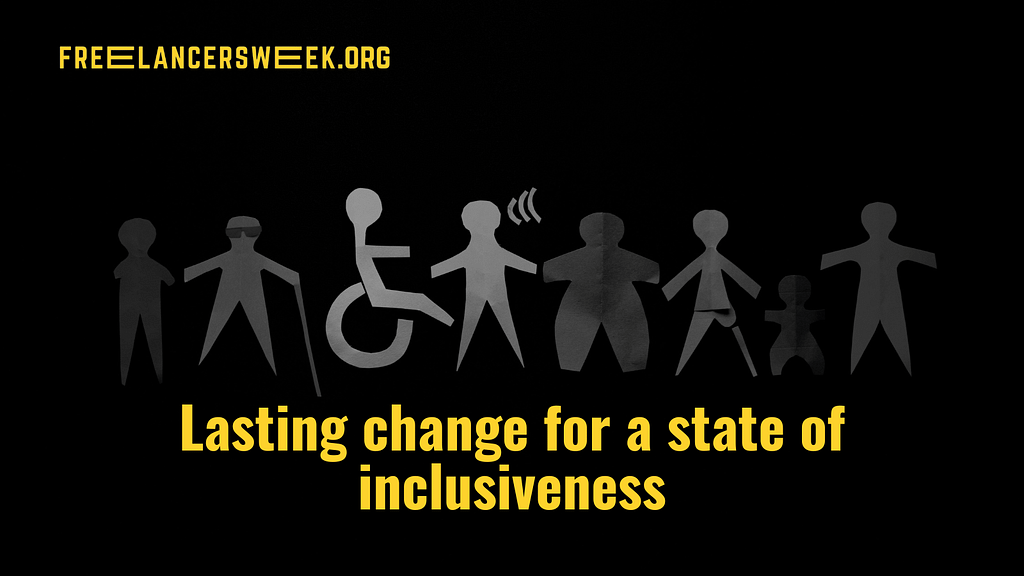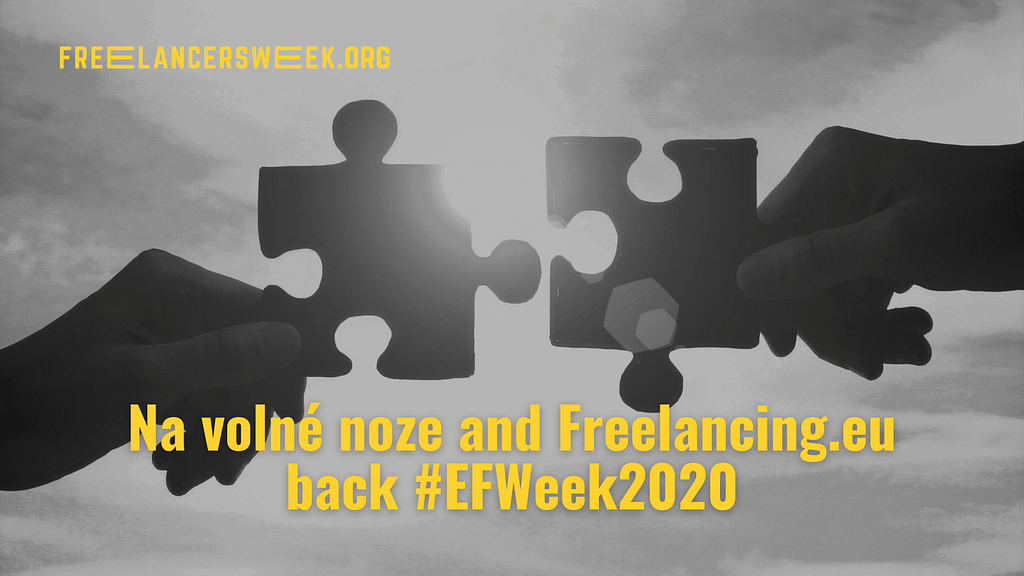This blog was created in collaboration with insights from Ashley Ryall, Founder and Principal of UntapSocial.
As a freelancer, your success hinges not only on your skills and expertise but also on your ability to forge meaningful connections with clients. The importance of building strong and long-lasting relationships cannot be overstated in the freelance world. These relationships are the cornerstone of a thriving freelance career, as they lay the foundation for repeat business, referrals, and a steady stream of projects. When clients feel valued, understood, and well-cared for, they are more likely to return and entrust you with their ongoing projects. Additionally, satisfied clients are more inclined to sing your praises to their network, opening doors to new opportunities. Investing time and effort in nurturing client relationships is not only a matter of professional courtesy but also a strategic move that can propel your freelance career to new heights.
One aspect that is crucial in ensuring freelancer-client relations is setting expectations from the very beginning and adapting to clients changing priorities during the middle of a project. However, despite these aspects being important for maintaining client relationships, freelancers should not underestimate the need to set boundaries and maintain them when clients overstep. Setting and maintaining boundaries protects freelancers from clients exploiting their time and services.
Setting expectations
Setting expectations with clients can be split into three different phases, the discovery phase, the proposal phase, and then the kickoff call.
The Discovery Phase
In the discovery phase, both parties need to take a proactive approach to ensure a harmonious client-freelancer relationship. From the outset, it is necessary to articulate that the partnership is akin to a two-way street, resembling a mutual interview. Freelancers need to make it explicit that their services might not align with certain client needs, laying the foundation for transparent communication from the get-go. By encapsulating this in a succinct one-pager, freelancers provide a clear framework, stating unequivocally that if a client is seeking specific services, they may not be the ideal fit. This forthrightness sets the stage for a partnership built on alignment and shared objectives.
The Proposal Stage
Moving into the proposal stage, both parties need to continue to prioritise clarity and transparency. From the perspective of freelancers, they offer clients the opportunity to go through the proposal in meticulous detail, taking the time to spotlight specific sections that warrant attention. Alternatively, freelancers may choose to record a detailed walkthrough, emphasising critical elements such as contractual obligations, including legal terms and availability. This hands-on approach ensures that clients have a comprehensive understanding of the terms, fostering trust and minimising any potential miscommunications down the line.
The Kickoff Call
Once the contract is inked, freelancers should reaffirm expectations in the kickoff call, marking the official commencement of the collaboration. They need to reiterate the requirements for a successful working relationship, emphasising the importance of timely input and resource provision. Simultaneously, they openly communicate their own work preferences, highlighting the significance of concrete deadlines. By setting the stage for transparent communication, freelancers are able to minimise the potential for misalignment and pave the way for a collaborative partnership. Additionally, freelancers should take this as an opportunity to inquire about the client’s own communication style, ensuring that both parties are on the same page regarding when, how, and in what format they prefer to exchange information. This proactive approach to expectation-setting sets the tone for a mutually beneficial working relationship.
Setting boundaries
The contract is an invaluable tool, often underestimated in its capacity to establish and reinforce essential boundaries. It’s crucial to view this legally binding document not just as a formality, but as a mechanism for safeguarding one’s interests. Within this contractual framework, deliberate steps are taken to assert boundaries that ensure a harmonious working relationship. The inclusion of specifics, such as designated days and times available for client calls, as well as clearly outlined periods of unavailability, stands as a testament to the commitment to professional balance and respect for personal time. Additionally, a strategic disclaimer mandating the client’s commitment to bi-weekly meetings becomes a linchpin in ensuring the flow of essential information and resources. This stipulation is reinforced with the option for contract termination in cases of repeated non-compliance, underscoring the mutual responsibility for successful collaboration.
For any freelancer, understanding and managing personal energy levels is paramount in establishing effective boundaries with clients. Reflecting and taking time to recognise the limitations and strengths inherent in your personal work style, allows you to proactively communicate how and when you operate at your best. Rather than succumbing to around-the-clock availability, freelancers need to instead communicate the necessity for asynchronous collaboration. This early-stage transparency serves as a litmus test, gauging the client’s comfort and alignment with the proposed working structure. This practice of self-awareness extends to seasonal considerations, where you can set the expectation of intermittent business breaks for reflective planning and rejuvenation. By framing your business as a dynamic entity, rather than one perpetually operational, you are inherently challenging the prevailing notion of ceaseless work, prioritising strategic reflection and long-term sustainability.
A change in priorities
Encountering a shift in client priorities mid-project is a scenario that many freelancers may face during their careers. Despite having meticulously outlined objectives and deliverables in the initial stages, it can become evident that the leaders being supported are at a different stage of readiness for the proposed work. Instead of adhering rigidly to the predetermined plan, a strategic pivot can be undertaken. Recognising the paramount importance of client satisfaction and the commitment to delivering value, freelancers might choose to adjust the course of action. This adaptive approach not only addresses the immediate knowledge gap but also ensures the client is equipped with the essential tools and understanding to ultimately achieve the initial objectives. The result can be a resounding success, leaving the clients significantly more proficient in utilising relevant tools or strategies and the client thoroughly satisfied with the adapted approach.
This experience underscores a crucial lesson for freelancers facing a shift in client priorities. It’s imperative to be flexible and responsive, recognising that sometimes unforeseen circumstances or evolving client needs necessitate a change in course. In such cases, freelancers can choose to be true collaborators, actively engaging with the client to find a solution that ultimately serves their best interests. By demonstrating a willingness to adapt and innovate, they not only salvage the project but also elevate the client’s capabilities. This successful outcome stands as a testament to the power of pivoting and the value of prioritising the client’s ultimate satisfaction and success, even in the face of unexpected challenges.
Empathy in times of crisis
The ability to empathise is essential for freelancers, going beyond professional roles. Freelancers serve as unwavering supporters, understanding that their work involves more than just delivering services. In moments of frustration or crisis, clients may seek an empathetic ear. Recognising this, freelancers can provide a space for clients to express themselves, offering solace and understanding. This strengthens the freelancer-client relationship, showing genuine care for the client’s well-being. This act of empathy builds trust, affirming that the client’s best interests are valued. As a result, the client feels heard, valued, and eager to continue collaborating. In freelancing, it’s not only about results; it’s about fostering meaningful connections through empathy.
Despite empathy being a strong tool in maintaining client relationships, it should not be taken advantage of. Encountering scenarios where a client requests more than initially agreed upon can be a delicate balancing act for any freelancer. However, leveraging a well-crafted contract has proven to be a powerful tool for mitigating such situations. By implementing a master services agreement and a detailed scope of work, a protective framework is established for both parties. This strategic move offers flexibility in adapting to evolving goals and priorities without the need for an entirely new contract. Additionally, the contract serves as a safeguard, clearly stipulating that work falling outside the agreed-upon scope may necessitate an additional fee. This not only provides clarity but also reinforces the freelancer’s commitment to uphold the integrity of the partnership.
Transparent communication is equally paramount in such instances. When a client’s demands exceed the defined scope, addressing it promptly and directly is key. By employing discernment and openly discussing the implications of the additional request, freelancers can maintain a balanced and respectful working relationship. Offering constructive solutions, such as proposing a fee adjustment or reallocating resources, demonstrates a willingness to collaborate while ensuring fair compensation for extended efforts. This proactive approach not only protects the freelancer’s interests but also fosters a culture of mutual respect and professionalism, ultimately strengthening the foundation of the client-freelancer partnership.
When to cut ties
Knowing when to part ways with a client is a critical skill for any freelancer. There are several key indicators that may signal it’s time for a professional separation. First and foremost, if a freelancer consistently finds themselves relegating a client’s work to the back burner, it’s a clear sign of waning enthusiasm and inspiration for the project. Furthermore, if there’s a misalignment in integrity or authenticity, and the client isn’t practising what they preach, it can create a fundamental disconnect.
Another red flag arises when meetings with the client become a source of dread and anxiety, rather than a productive collaboration. Feeling constantly depleted or discouraged after interactions is a clear indication of a strained relationship. Additionally, if the client consistently disregards or dismisses the strategic guidance and recommendations offered by the freelancer, without providing constructive feedback, it may be a sign that the partnership is no longer productive. Ultimately, trusting one’s intuition can often be the most reliable compass in determining when it’s time to part ways with a client. This gut feeling, cultivated through experience, has proven to be a reliable guide for freelancers navigating professional relationships.
Managing client relationships is an art as much as it is a skill. Nurturing strong and enduring connections with clients lays the groundwork for a flourishing freelance career. It’s not just about delivering services; it’s about becoming an unwavering advocate for their success. Setting clear expectations, adapting to evolving priorities, and establishing firm boundaries are keystones in this endeavour. These practices serve as a scaffold, allowing for productive collaborations and, when necessary, the ability to part ways with professionalism and grace. Above all, empathy remains the cornerstone of any fruitful client-freelancer relationship, affirming that it’s not only about the work, but also about the genuine care and understanding that underpin every interaction. As freelancers navigate this dynamic landscape, they find that it’s not merely about transactions, but about building a community of trust, respect, and shared success. By embodying these principles, freelancers forge a path towards a fulfilling and prosperous freelance career.





